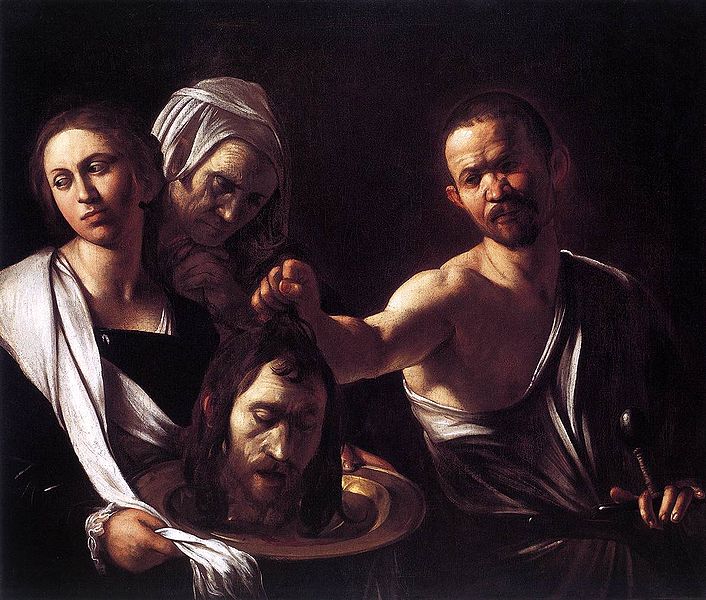Are Some Chefs Tools?
We talk a lot about masculinity and the powerful symbology that meat-eating has within our culture here at The Discerning Brute. We also discuss how strongly the tools of meat preparation resonate with those seeking to exhibit masculine power. From big knives and sharp, heavy cleavers to tenderizers and grinders, this is nothing short of a shiny, dangerous arsenal designed to dismember, shred and slice flesh. And like the "Meat Business Rock Stars" banner that was flying at Brooklyn's Meatopia event, the message is often "beware".
Most recently, Esquire.com - known for their celebration of meat-induced masculinity, launched a new show called "Knife Fight". The ad that I've seen plastered up around New York City subways shows two tough-guy chefs, arms crossed, wielding knives with the bloody heads of pigs resting on cutting boards below them. This pig-head meme is a popular one, and it we see it within nearly every food publication and it has even bled into the art world. Most young chefs worth their weight in foie gras seem to line up for the opportunity to be photographed with a knife in one hand and a pig's head in the other, with a delicately blood-splattered apron, in moody, baroque lighting, riding a fine visual line between hero and villain.
The suggestions that images like these make are complicated. We are asked to think of the subjects as stoic and masculine - doing the hard work that must be done of bringing home the bacon - but we are also told, through eye contact and the readiness of their weapons, that they can harm or kill, which is a clear performance of power, telling us to take heed. The head of the pig is displayed as the centerpiece and focal point in images like this, like the recent New York Times article, "The Proper Way to Eat a Pig", where the subject is photographed with the head on a platter. Whether or not it's an homage to Caravaggio's Beheading of St. John the Baptist, we are asked to recognize the face as a primary element, and like our own human face, to see it as the sacred vessel of personality. To acknowledge and celebrate the face is to both acknowledge that the pig was a subject of perception; one who had an inner life. And it is in this celebration of the face that we find one of the most perplexing disconnects of carnism. The head then becomes the ultimate sacrifice, and is transformed into a ritualistic object. Like the Korean pig head ritual, it grants power to those using it. This visual is used to shock because it is shocking to see the victim's face. It is intended to disgust because there is subconscious desirability around the power of doling out that which is gruesome.
Ultimately, all of the drama, mood and posturing in an effort to showcase power collapses under one simple fact that Carol Adams pointed out so eloquently: it is only a performance of power against the already powerless.

